キーワード:教養教育、体育、カリキュラム
 大学の体育の授業と言われて、どんな授業を想像しますか?ただ、スポーツをやる 授業、やりたくないのに運動しに行く授業、いつも授業を受けている人達と違う人達と一緒の授業。大学の体育の授業と聞いて想像する事は人それぞれです。人 それぞれ捉え方が違う大学の体育の授業に一つの共有できる「理念」が生まれたら、それは今後日本に大きなエネルギーを生むかもしれません。リサーチユニッ ト「大学体育教育研究拠点」では大学における教養(共通)教育科目としての「体育」に関するカリキュラム開発、教授方法、授業評価法、授業効果の定量的評 価法等に関して研究をしています(図1)。
大学の体育の授業と言われて、どんな授業を想像しますか?ただ、スポーツをやる 授業、やりたくないのに運動しに行く授業、いつも授業を受けている人達と違う人達と一緒の授業。大学の体育の授業と聞いて想像する事は人それぞれです。人 それぞれ捉え方が違う大学の体育の授業に一つの共有できる「理念」が生まれたら、それは今後日本に大きなエネルギーを生むかもしれません。リサーチユニッ ト「大学体育教育研究拠点」では大学における教養(共通)教育科目としての「体育」に関するカリキュラム開発、教授方法、授業評価法、授業効果の定量的評 価法等に関して研究をしています(図1)。
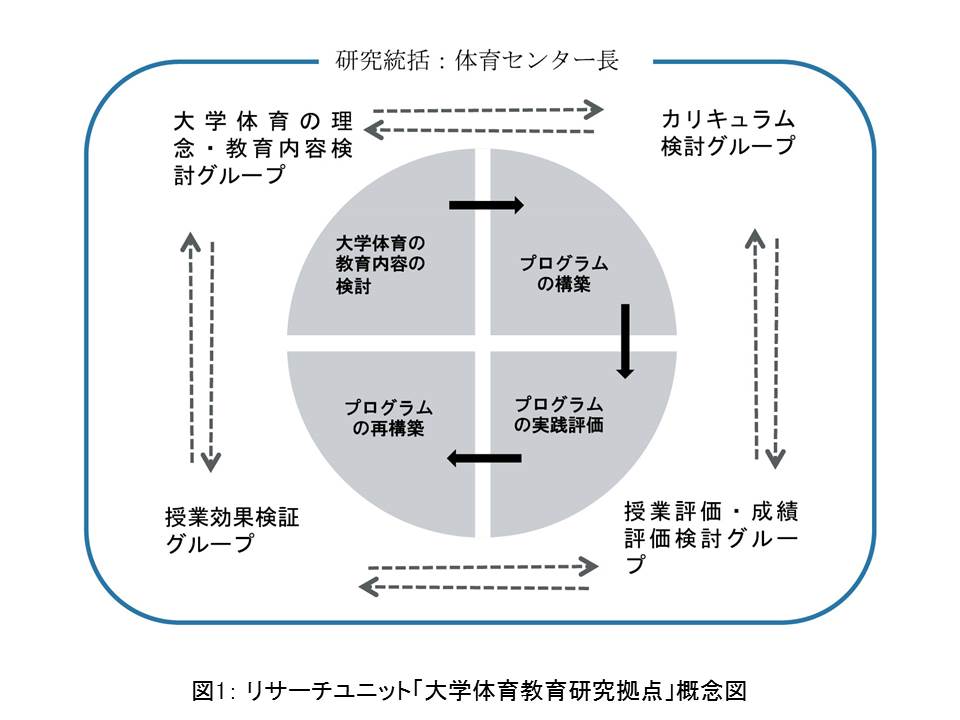
運動と学業の関係について解明する
体育センターでは毎年体力測定を行っており、膨大なデータが蓄積されています。データを詳しく見てみると、80年代から比べて学生の体力測定の得点は低下 しています(図2)。また、大学の学生の中で、体型が普通の人とやせ型肥満型で2極化しており、やせ型と肥満型の人は体型が普通の人よりも体力は低下して います(図3)。これらのデータと、今後大学が算出する予定のGPAを元に体力レベルと学力の相関に関する研究を行います。大学生活の中で入学時に比べて 痩せた人や太った人は単位取得率が悪く、一方体型を維持した人というのは、授業の出席率もよく単位取得率も高いという仮説が考えられます。もしそれが本当 だとしたら、身体活動が脳に与える影響また学業に与える影響が明らかとなります。つまり、ただ単に体型により体力の差がでているということだけでなく、体 型や身体活動によって意欲が変わってくる可能性があるのです。意欲の低い人を体育の授業によって意欲的にさせることができたら、体育の授業が活発になり、 学生は充実した学生生活を送ることができるでしょう。
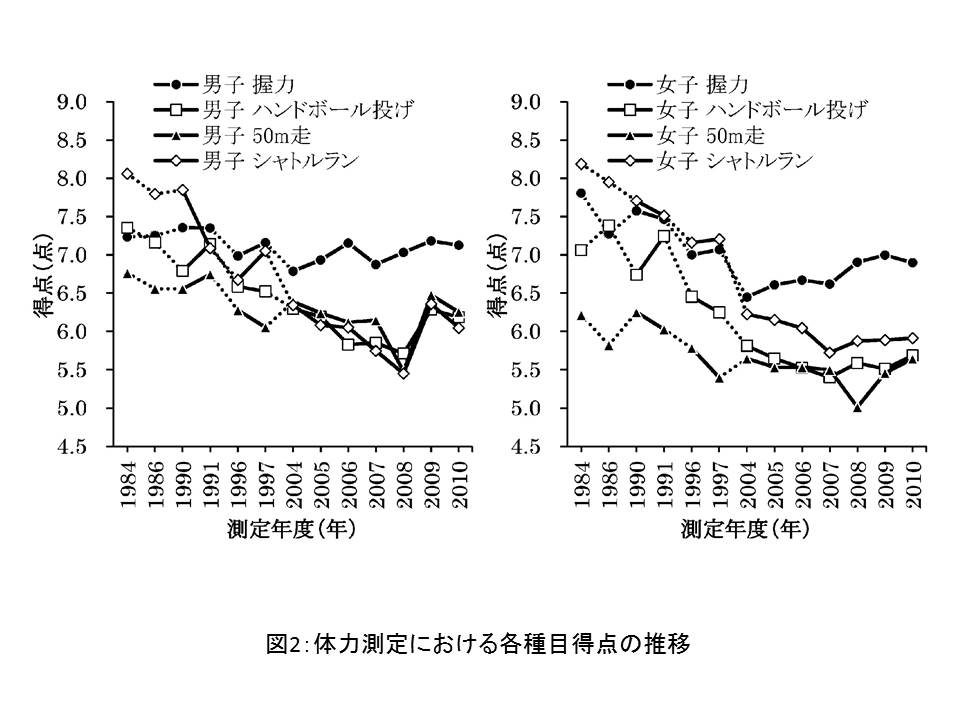
今後筑波大学にて行われる高等教育機関の体育とは
このように学業に集中できるような身体活動(体育授業)を明らかにし、体育の授業を受けるとこういう効果があるという事を論理的に示すことが必要になり ます。この新たな大学教育における「体育の理念」を提示し、今後未開の地であった大学等高等教育機関における体育の教授法を教える制度や大学等高等教育機 関の体育授業指導者の大学院後期課程などを作る事を一つの通過点に考え、大学における体育授業をより良いものにしていきたいと思います。体育の授業によ り、全国の大学が活性化し、大学卒業後も活動的な人達が増え、未来の日本のエネルギー源になる人を育てるのです。
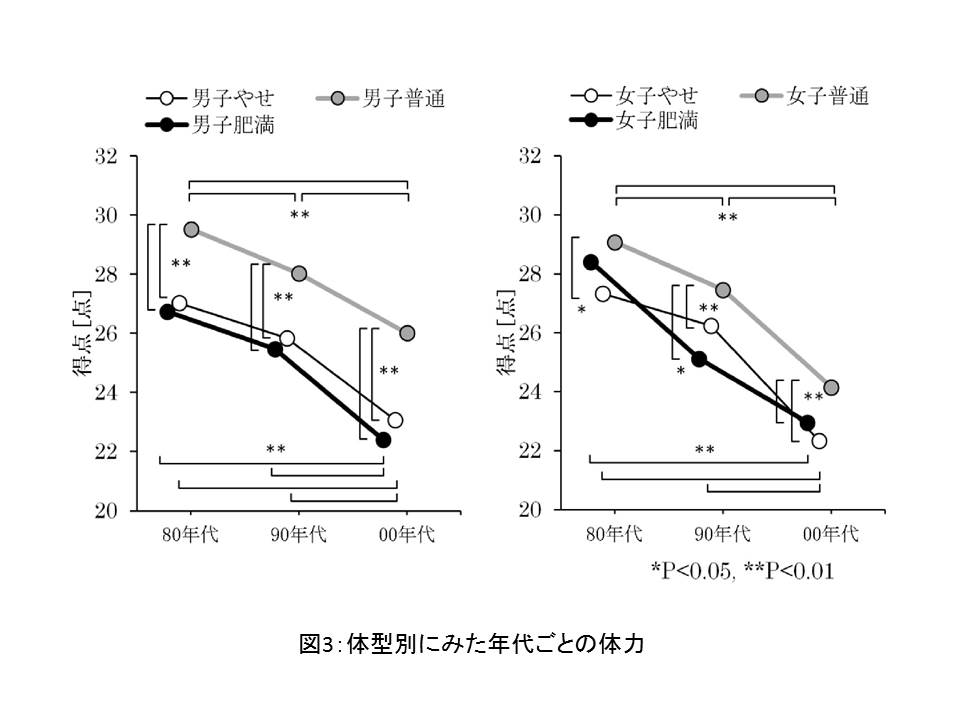
社会への貢献・実績
● 時代の要請や社会のニーズを把握し、先駆的精神で、生涯スポーツの普及・振興・発展 に向けて新たな挑戦
● 陸上競技場、体育館などの13の屋内施設、17の屋外体育施設を広く社会に開放し、地 域社会のスポーツ振興に貢献
図3:体型別にみた年代ごとの体力
(取材:平成25年10月11日)
Principle of University Physical Education : Research of College Physical Education
Unit members : Kanaya, Mariko Sakamoto, Akihiro Ohmori, Hajime Nabekura, Yoshiharu Shiraki, Hitoshi
Key words:general education, physical education, curriculum
 What is your impression of physical education classes at universities? Just to play sports, forced to exercise despite your unwillingness, with unfamiliar faces… The impression of physical education classes at universities varies among individuals. If an appropriate principle of university physical education is established and shared, it may create positive energy in Japan in the future. This research unit, named: Research of College Physical Education, has been engaged in research on the development of physical education curricula for general education programs, as well as methods to teach, evaluate courses, and quantitatively assess educational effects (Figure 1).
What is your impression of physical education classes at universities? Just to play sports, forced to exercise despite your unwillingness, with unfamiliar faces… The impression of physical education classes at universities varies among individuals. If an appropriate principle of university physical education is established and shared, it may create positive energy in Japan in the future. This research unit, named: Research of College Physical Education, has been engaged in research on the development of physical education curricula for general education programs, as well as methods to teach, evaluate courses, and quantitatively assess educational effects (Figure 1).
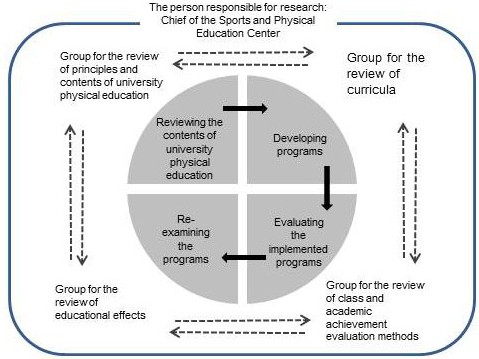
Figure 1: Conceptual Diagram of Research of College Physical Education
Clarifying the Relationship between Exercise and Studies
At the Sports and Physical Education Center, physical fitness measurement is performed yearly, and, up to the present, a huge amount of data has been accumulated. According to these data, university students’ physical fitness scores have decreased since the 1980’s (Figure 2). Furthermore, their physiques have been bipolarized: normal and thin/obese. The decrease in physical fitness is more marked in the latter group (Figure 3). In this research unit, studies are conducted to examine these data and correlations between physical fitness levels and academic achievements, based on the grade point average (GPA) calculated within the university. The data suggest that the credit acquisition rate may be lower in those who have gained or lost body weight after admission and higher in those who have maintained their physiques, with a favorable class attendance rate. If so, the influence of physical activities on the brain or studies may also be clarified. In other words, the data indicate not only an association between the physique and physical fitness level, but also the possibility of students’ motivation depending on the physique and physical activities. Being appropriately motivated through physical education classes, even those lacking motivation may become able to lead a productive university life, in addition to enjoying such classes.
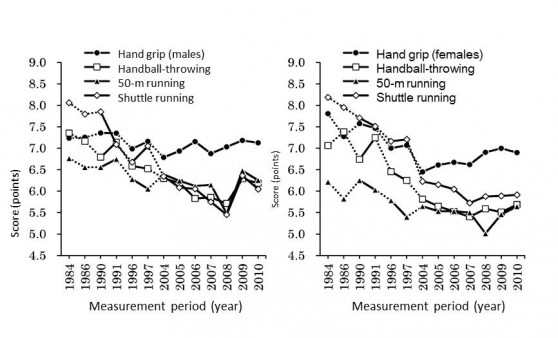
Figure 2: Variations in Physical Fitness Scores
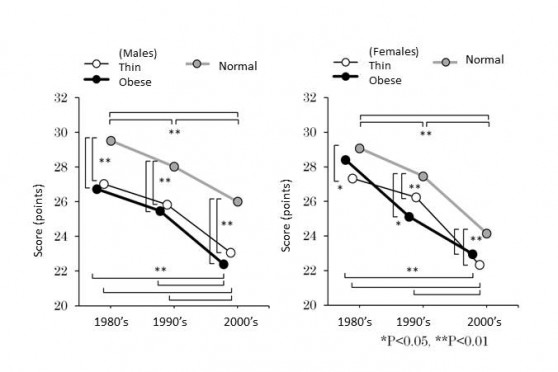
Figure 3: Physical Fitness in Each Age Group Based on the Physique
Physical Education at the University of Tsukuba as a Higher Education Institution
Therefore, it is necessary to clarify the details of physical activities (physical education classes) motivating students to learn, and logically show the positive effects of participating in such activities. As approaches for the improvement of physical education classes at universities, we are planning to establish an appropriate principle and develop new systems to train physical education teachers working in institutions for higher education, such as universities, and establish doctoral courses for such teachers. Through physical education, we aim to empower universities throughout Japan, help people maintain active lives after graduation, and nurture manpower to create positive energy for Japan’s future.
Social contributions and achievements
●Clarifying the needs of the present age and society to provide innovative approaches for the development and promotion of lifelong sports
●Contributing to the promotion of sports in communities by opening 13 in- and 17 outdoor athletic fields and gymnasiums to the public
